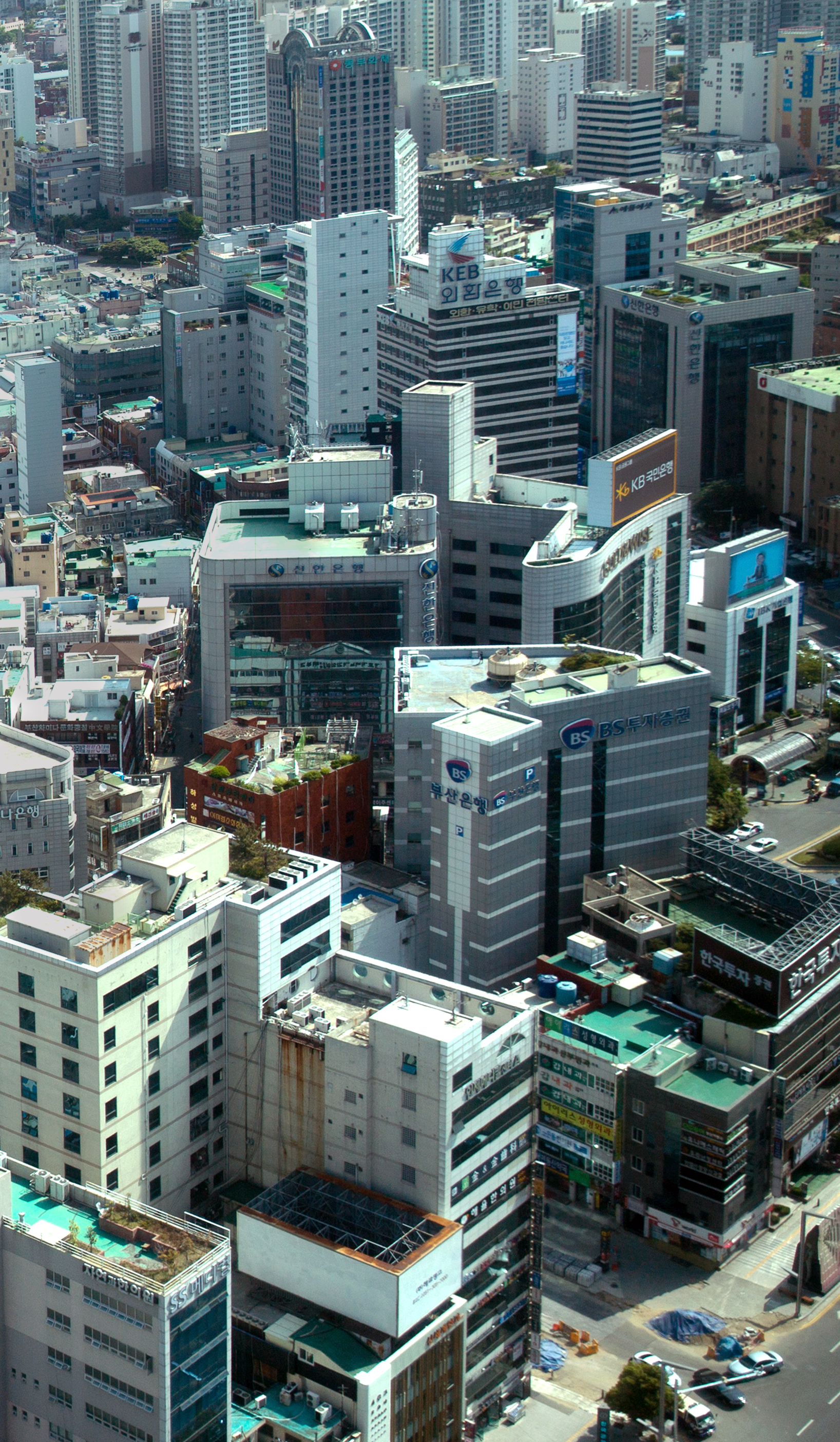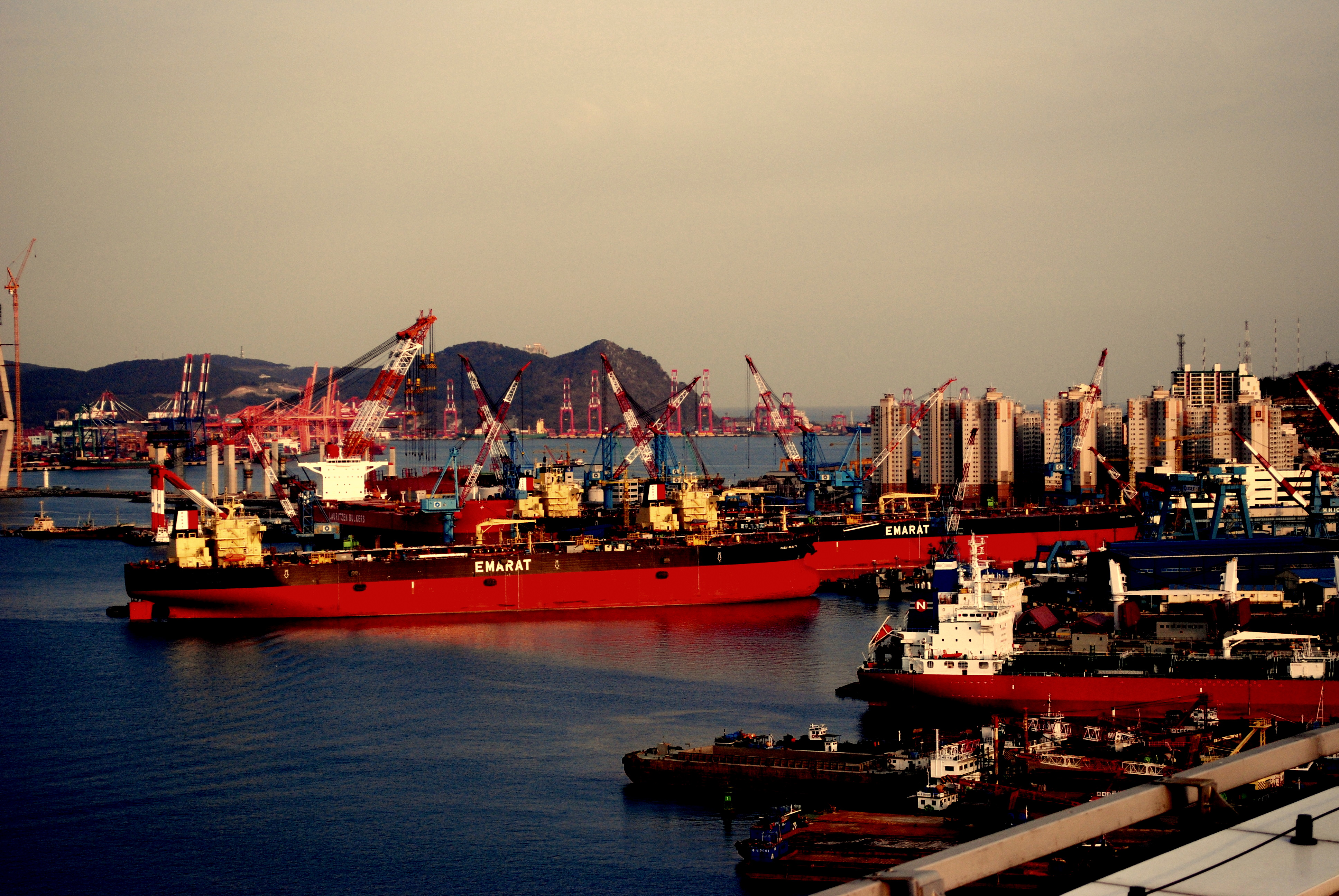|
Yangjeong Station (Busan Metro)
Yangjeong Station is a station of Busan Metro Line 1 in Yangjeong-dong, Busanjin District, Busan, South Korea. Station Layout External links *Cyber station informationfrom Busan Transportation Corporation The Busan Transportation Corporation () is a South Korean transport company based in Busan, that was established on January 1, 2006, following the abolition of the Busan Urban Transit Authority founded in 1987. The Busan Transportation Corporat ... Busan Metro stations Busanjin District Railway stations in South Korea opened in 1985 {{SouthKorea-railstation-stub ... [...More Info...] [...Related Items...] OR: [Wikipedia] [Google] [Baidu] |
Busanjin District
Busanjin District () is a ''Subdivisions of South Korea, gu'' in central Busan, South Korea. It has an area of 29.7 km2, and a population of about 410,000. The name is sometimes abbreviated locally as "Jin-gu". Busanjin District is home to a major shopping, entertainment, and business area called Seomyeon, Busan, Seomyeon. Administrative divisions Busanjin District is divided into 11 legal ''dong'', which altogether comprise 20 administrative ''dong'', as follows: *Bujeon-dong (釜田洞; 2 administrative ''dong'') *Beomjeon-dong (凡田洞; part of the administrative Bujeon 1(il)-dong) *Yeonji-dong (蓮池洞) *Choeup-dong (草邑洞) *Yangjeong-dong (楊亭洞; 2 administrative ''dong'') *Jeonpo-dong (田浦洞; 2 administrative ''dong'') *Buam-dong, Busan, Buam-dong (釜岩洞; 2 administrative ''dong'') *Danggam-dong (堂甘洞; 3 administrative ''dong'') *Gaya-dong (伽倻洞; 2 administrative ''dong'') *Gaegeum-dong (開琴洞; 3 administrative ''dong'') *Beomcheo ... [...More Info...] [...Related Items...] OR: [Wikipedia] [Google] [Baidu] |
Busan
Busan (), officially Busan Metropolitan City, is South Korea's second list of cities in South Korea by population, most populous city after Seoul, with a population of over 3.3 million as of 2024. Formerly romanized as Pusan, it is the economic, cultural and educational center of southeastern South Korea, with its port being South Korea's busiest and the sixth-busiest in the world. The surrounding "Southeastern Maritime Industrial Region" (including Ulsan, South Gyeongsang Province, South Gyeongsang, Daegu, and part of North Gyeongsang Province, North Gyeongsang and South Jeolla Province, South Jeolla) is South Korea's largest industrial area. The large volumes of port traffic and urban population in excess of 1 million make Busan a Large-Port metropolis using the Southampton System of Port-City classification. As of 2019, Busan Port is the primary port in Korea and the world's sixth-largest container port. Busan is divided into 15 major administrative districts and a single co ... [...More Info...] [...Related Items...] OR: [Wikipedia] [Google] [Baidu] |
South Korea
South Korea, officially the Republic of Korea (ROK), is a country in East Asia. It constitutes the southern half of the Korea, Korean Peninsula and borders North Korea along the Korean Demilitarized Zone, with the Yellow Sea to the west and the Sea of Japan to the east. Like North Korea, South Korea claims to be the sole legitimate government of the entire peninsula and List of islands of South Korea, adjacent islands. It has Demographics of South Korea, a population of about 52 million, of which half live in the Seoul Metropolitan Area, the List of largest cities, ninth most populous metropolitan area in the world; other major cities include Busan, Daegu, and Incheon. The Korean Peninsula was inhabited as early as the Lower Paleolithic period. Gojoseon, Its first kingdom was noted in Chinese records in the early seventh century BC. From the mid first century BC, various Polity, polities consolidated into the rival Three Kingdoms of Korea, kingdoms of Goguryeo, Baekje, and Sil ... [...More Info...] [...Related Items...] OR: [Wikipedia] [Google] [Baidu] |
Busan Transportation Corporation
The Busan Transportation Corporation () is a South Korean transport company based in Busan, that was established on January 1, 2006, following the abolition of the Busan Urban Transit Authority founded in 1987. The Busan Transportation Corporation currently operates the Busan Metro lines 1 to 4 and the Busan Gimhae light rail transit, both in Busan and Gimhae, South Korea. Information about the routes is provided in Korean, English, Chinese, and Japanese. Background The Corporation is governed by those of bureaucratic positions; with its system regulated by article 2 of the Auto Transportation Business Enforcement Law. It is responsible for all operations relating to the transportation system's construction and coherence. The corporation is led by the president, who oversees two departments (audit and safety & management) and four headquarters (planning, administration, general operations, and construction). Logo The Busan Transportation Corporation's logo depicts an i ... [...More Info...] [...Related Items...] OR: [Wikipedia] [Google] [Baidu] |
Busan Metro Line 1
Busan Metro Line 1 is the north-south route of the Busan Metro. It is long with 40 stations, and is considered the second longest line of the Busan Metro system, just behind Line 2. But with Line 1 going to regions such as Jagalchi Station, Busan Station, Seomyeon Station, Dongnae Station, and Nopo Station, it is deemed the most popular line of all of the Busan Metro system. Line 1 uses 8-car trains. The line color is orange. Its station signs are circular with a white face and orange frame, boasting the name of the station in Korean in big Hangul letters with the smaller English name below it with the station number in orange beside it and the Hanja name at the bottom of their face in similar-sized font. Unlike in the other stations, Line 1's station signs typically lack arms sprouting from their sides, even on the outer walls; instead, the neighboring stations are printed on a black strip that runs across the outer wall; some exceptions exist as in Seomyeon station, whe ... [...More Info...] [...Related Items...] OR: [Wikipedia] [Google] [Baidu] |
Side Platform
A side platform (also known as a marginal platform or a single-face platform) is a platform positioned to the side of one or more railway tracks or guideways at a railway station, tram stop, or transitway. A station having dual side platforms, one for each direction of travel, is the basic design used for double-track railway lines (as opposed to, for instance, the island platform where a single platform lies between the tracks). Side platforms may result in a wider overall footprint for the station compared with an island platform, where a single width of platform can be shared by riders using either track. In some stations, the two side platforms are connected by a footbridge or tunnel to allow safe access to the alternate platform. While a pair of side platforms is often provided on a dual-track line, a single side platform is usually sufficient (trains are usually only boarded from one side) for a single-track line. Layout Where the station is close to a level crossing (g ... [...More Info...] [...Related Items...] OR: [Wikipedia] [Google] [Baidu] |
Dadaepo Beach Station
Dadaepo Beach Station () is a station of the Busan Metro Line 1 in Dadae-dong, Saha District, Busan, South Korea. Station Layout External links *Cyber station informationfrom Busan Transportation Corporation The Busan Transportation Corporation () is a South Korean transport company based in Busan, that was established on January 1, 2006, following the abolition of the Busan Urban Transit Authority founded in 1987. The Busan Transportation Corporat ... Busan Metro Railway stations in South Korea opened in 2017 {{SouthKorea-railstation-stub ... [...More Info...] [...Related Items...] OR: [Wikipedia] [Google] [Baidu] |
Bujeon Station (Busan Metro)
Bujeon Station () is a station of the Busan Metro Line 1 in Bujeon-dong, Busanjin District, Busan, South Korea. The station is unrelated to the Bujeon Station of Korail. Station Layout Vicinity * Exit 1: Yeongjamyeonok Bujeon Branch * Exit 2: EDIYA Coffee Busan Jeonpo * Exit 3: Jageumseong, Bujeon Building Materials * Exit 4: Compose Coffee Bujeon Station * Exit 5: Songha Restaurant, Heung-a Electronic Shopping Center * Exit 6: National Health Insurance Corporation, Busan Plus Hair Center Wig Story * Exit 7: Busan Metropolitan City Vehicle Registration Office Bujeon Station Field Complaint Center * Exit 8: Ten percent References External links Cyber station informationfrom Busan Transportation Corporation The Busan Transportation Corporation () is a South Korean transport company based in Busan, that was established on January 1, 2006, following the abolition of the Busan Urban Transit Authority founded in 1987. The Busan Transportation Corporat ... Railway stati ... [...More Info...] [...Related Items...] OR: [Wikipedia] [Google] [Baidu] |
Nopo Station
Nopo Station is a station of Busan Metro Line 1 located in Nopo-dong, Geumjeong District, Busan Busan (), officially Busan Metropolitan City, is South Korea's second list of cities in South Korea by population, most populous city after Seoul, with a population of over 3.3 million as of 2024. Formerly romanized as Pusan, it is the economi ..., South Korea. The subname in parentheses is Central Bus Terminal. Station layout Railway stations in South Korea opened in 1986 Busan Metro stations Geumjeong District {{SouthKorea-railstation-stub ... [...More Info...] [...Related Items...] OR: [Wikipedia] [Google] [Baidu] |
City Hall Station (Busan Metro)
City Hall Station () is a Busan Metro Line 1 station in Yeonsan-dong, Yeonje District, Busan, South Korea. Incidents A fire started at the station at 5:14 pm on July 16, 2014. No one died, but five people were injured and over 400 had to be evacuated. The fire was caused by an external power supply air conditioner. The line resumed normal operations by 6:55 pm the same day. Station Layout Gallery File:City Hall Station pole sign.JPG, Pole Sign File:Busan-subway-122-City-hall-station-6-entrance.jpg, City Hall station No. 6 entrance External links *Cyber station informationfrom Busan Transportation Corporation The Busan Transportation Corporation () is a South Korean transport company based in Busan, that was established on January 1, 2006, following the abolition of the Busan Urban Transit Authority founded in 1987. The Busan Transportation Corporat ... Busan Metro stations Yeonje District Railway stations in South Korea opened in 1985 {{SouthKorea-rails ... [...More Info...] [...Related Items...] OR: [Wikipedia] [Google] [Baidu] |
Busan Metro Stations
Busan (), officially Busan Metropolitan City, is South Korea's second most populous city after Seoul, with a population of over 3.3 million as of 2024. Formerly romanized as Pusan, it is the economic, cultural and educational center of southeastern South Korea, with its port being South Korea's busiest and the sixth-busiest in the world. The surrounding "Southeastern Maritime Industrial Region" (including Ulsan, South Gyeongsang, Daegu, and part of North Gyeongsang and South Jeolla) is South Korea's largest industrial area. The large volumes of port traffic and urban population in excess of 1 million make Busan a Large-Port metropolis using the Southampton System of Port-City classification. As of 2019, Busan Port is the primary port in Korea and the world's sixth-largest container port. Busan is divided into 15 major administrative districts and a single county, together housing a population of approximately 3.6 million. The full metropolitan area, the Southeastern Maritime ... [...More Info...] [...Related Items...] OR: [Wikipedia] [Google] [Baidu] |

